
In today's internet-driven world, stable network connections are essential for work, study, and entertainment. This article outlines effective methods to improve network stability and ensure a smooth online experience.
Method 1: Update Network Drivers
Outdated or corrupted network drivers can cause unstable connections. Regularly updating your network drivers helps improve network stability. It is recommended to use Driver Sentry for automatic driver detection and updates, saving time while avoiding incorrect driver downloads or installations.
Click the download button to get the latest version of Driver Sentry. Once installed, open the software and click "Scan".
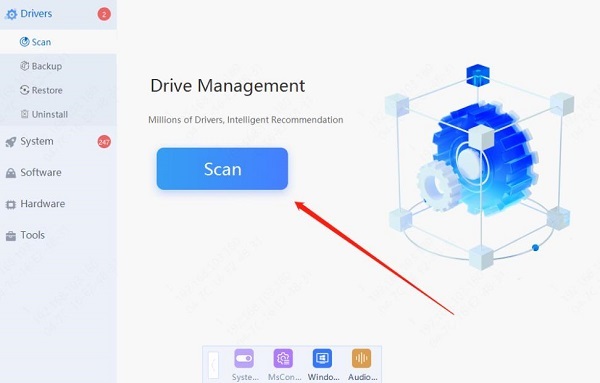
After scanning, it will show which drivers are not installed or need updating. Find the network driver in the list and click the "Update" button.
After updating, it's recommended to restart your computer to ensure the new drivers take effect.
Method 2: Check Network Equipment
Restart Equipment
Disconnect the power and wait for 30 seconds to clear device cache and resolve temporary issues.
Reconnect the power and wait for the router and modem to fully restart, then reconnect devices to check the network status.
Check Cable Connections
Ensure all cables (power, Ethernet, etc.) are securely connected.
If possible, replace old cables, especially Ethernet cables, to avoid signal transmission issues caused by damaged cables.
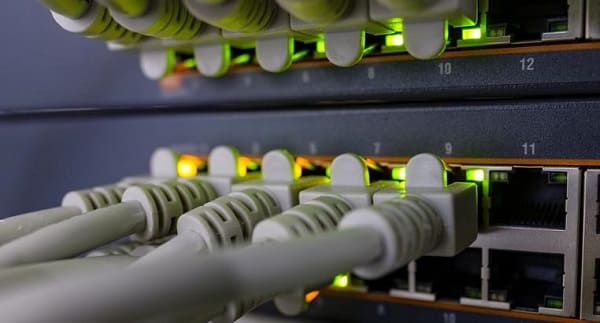
Ensure Proper Device Placement
Place the router in an open area, avoiding metal objects, walls, or electronic devices that may block the signal.
Try to place the router in the center of your home to ensure signal coverage for all rooms.
Method 3: Adjust Router Settings
Enter your router's IP address (usually 192.168.1.1 or 192.168.0.1) in a browser, then log in using the administrator username and password.
In the router's settings menu, find the QoS (Quality of Service) settings.
Enable QoS and set priorities to ensure important applications like video conferencing and online gaming receive bandwidth priority.
In the wireless settings, choose a less congested channel. You can use a network analysis tool to check for Wi-Fi channel congestion and select an uncluttered one.
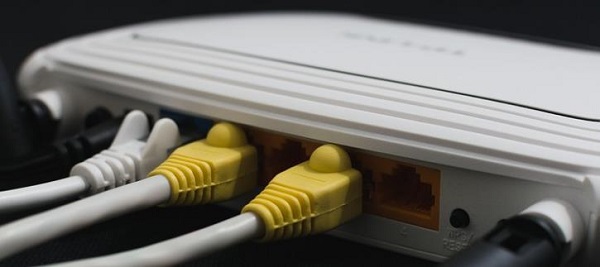
Check for firmware updates in your router's settings and install the latest version. Firmware updates often fix known issues and optimize network performance.
Method 4: Optimize Wi-Fi Settings
If your router supports dual-band (2.4GHz and 5GHz), it is recommended to use the 5GHz band, as it experiences less interference and offers faster speeds.
In the wireless settings, switch to the 5GHz band and ensure your devices support it.
Make sure your Wi-Fi uses a strong password and WPA2 or WPA3 encryption to prevent unauthorized access to your network, which could affect performance.
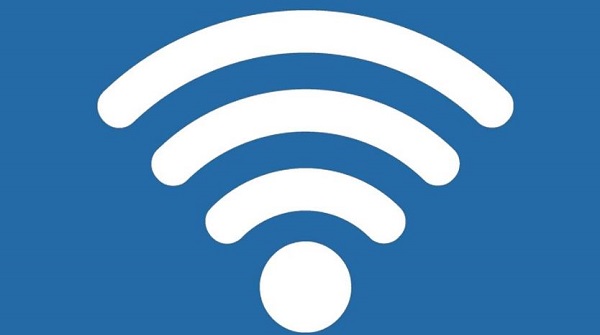
Adjust the direction of the router's antennas to improve signal coverage. If your router lacks external antennas, consider purchasing a Wi-Fi signal extender or repeater.
Method 5: Use a Wired Connection
Use an Ethernet cable to directly connect devices like your computer or game console to the router, which eliminates Wi-Fi interference and provides a more stable connection.
Use high-quality Ethernet cables (Cat6 or higher) for better data transmission and stability.
After connecting, test your network speed using an online tool to see if there's a significant improvement. If so, keep key devices on a wired connection.
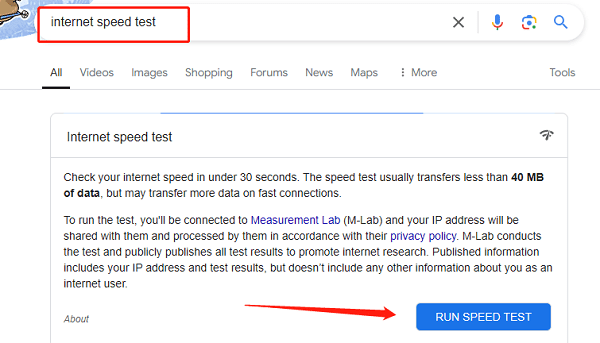
Method 6: Reduce Network Interference
Limit the number of devices connected to your network or prioritize bandwidth for key devices to prevent others from using bandwidth for updates or backups in the background.
On your computer, close background programs that use bandwidth, such as video streaming or download tools.
Keep the router away from devices like microwaves or cordless phones, as they can interfere with Wi-Fi signals.
Following these methods will greatly enhance your network stability. Regular equipment checks, driver updates, Wi-Fi optimization, and interference reduction are key to a smooth online experience. If issues continue, contacting your internet service provider may be necessary.
See also:
How to Fix Star Wars Outlaws Crashing Issues
Guide to Adjusting Logitech Mouse Sensitivity
How to Fix No Sound on an External Monitor Connected via HDMI